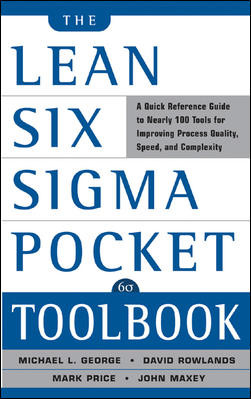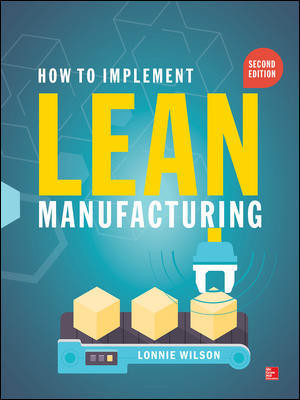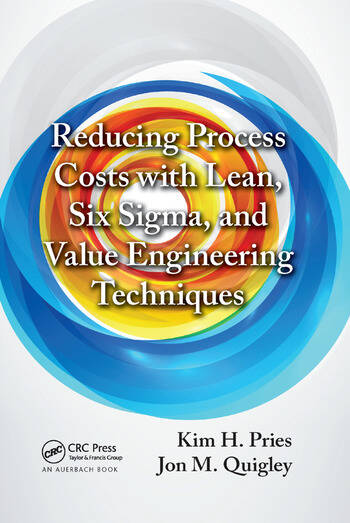The plant lean team is huddled around the table. The corporate guys are coming in tomorrow for an assessment. The mood is somber. Will it be easy for us to pass, or will we get hammered with deficiencies? Will it be helpful, or distract us from what we need to do? Are we their customer, or are the corporate guys our customers?
This tension is common. Corporate leaders ask, “How do we get the site folks engaged in the bigger picture of what’s going on with lean?” Site leaders ask, “How do we get a little breathing room from those corporate guys?” Both are right, and a little dose of empathy helps. The real answer comes from focusing on a common lean concept: Value. What provides value?
A lean transformation requires striking a difficult balance between leveraging the efforts of the whole organization and enabling local ownership and drive. These are not mutually exclusive-the best companies have both. Without a focus on value and balance, there is neither leverage nor ownership, and most of the tough questions derive from this scenario.
As an example, I was talking with the site general manager of a very large company with a successful lean program. He clearly had a strong sense of ownership for improvement at the site, and believed that most of this site’s progress was on its own. When I asked how they fit into the corporate initiative, the response was that they had enough improvements that they could “feed the beast” and keep the corporate guys “off their backs.” Clearly there was a fundamental breakdown here in the premise of what’s of value.
Let’s make two important assumptions. First, most corporate initiative leaders have good intentions to help the organization as a whole move forward. Second, most of the site folks aren’t feet-draggers. Whichever group you’re in, if you carry the inverse of these assumptions with you, the relationship is bound to fail.
Everyone must put two fundamental questions on the table. First: “What is of value?” Second: “Will our actions practically provide that value?” Begin addressing these questions by considering the definition of adding value. To add value, an activity must be valued by the customer who is willing to pay for it, change the product or service, and be done right the first time.
One of the more criticized actions of corporate groups is the dreaded audit for lean improvement. Would the site pay for the program out of its own budget? Does real change to the organization occur because the audit happens? These are important questions if you are going to focus on value.
One organization did exactly that and after several conversations on audits with scoring, the organization took the approach of cross-site assessments instead. There are no scores, only feedback. It is a structured process so that the sites can learn and improve. The assessors collect ideas that can be used for improvement and the sites receive feedback from experienced lean practitioners.
The feedback is intended to be actionable so that real change is more likely to take place. The most critical part is that each site gets to determine if and when it uses the assessment process. With a focus on value instead of scoring the sites accomplish something much different in both intent and reality than most organizations.
We must also be pragmatic in answering these questions. Does a system where people submit ideas and others get to use them provide value? Well, only if people use it. It’s not enough for something to be good or useful. It has to be applicable. Would you use it? After all, lean does begin with you.
Jamie Flinchbaugh is a founder and partner of the Lean Learning Center in Novi, MI, and the co-author of The Hitchhiker’s Guide to Lean: Lessons from the Road.He shares his successful and varied experiences of lean transformation as a practitioner and leader through companies such as Chrysler and DTE Energy. He also has a wide range of practical experience in industrial operations, including production, maintenance, material control, product development and manufacturing engineering. Jamie is a graduate fellow of the Leaders for Manufacturing Program at the Massachusetts Institute of Technology, where his research thesis was on implementing lean manufacturing through factory design. He also holds a B.S. in Engineering from Lehigh University in Bethlehem, PA, and an M.S. in Engineering from the University of Michigan. To contact Jamie directly, go to the web site www.leanlearningcenter.com.
Never miss the latest news and trends driving the manufacturing industry
Stay in the know on the latest assembly trends.
JOIN TODAY!Copyright ©2024. All Rights Reserved BNP Media.
Design, CMS, Hosting & Web Development :: ePublishing





